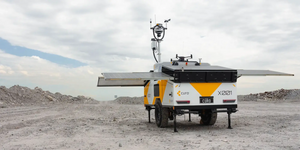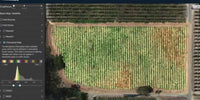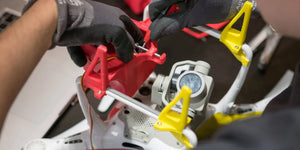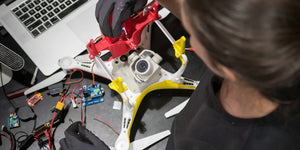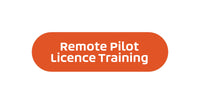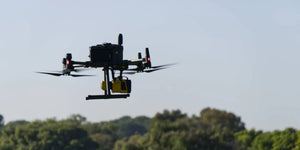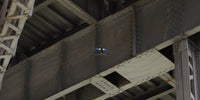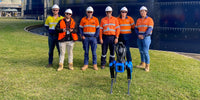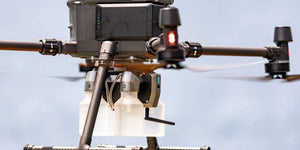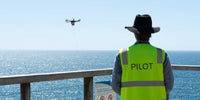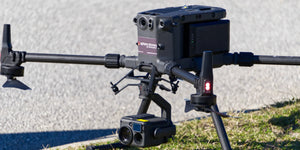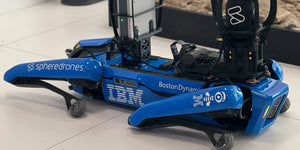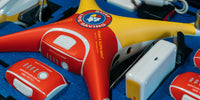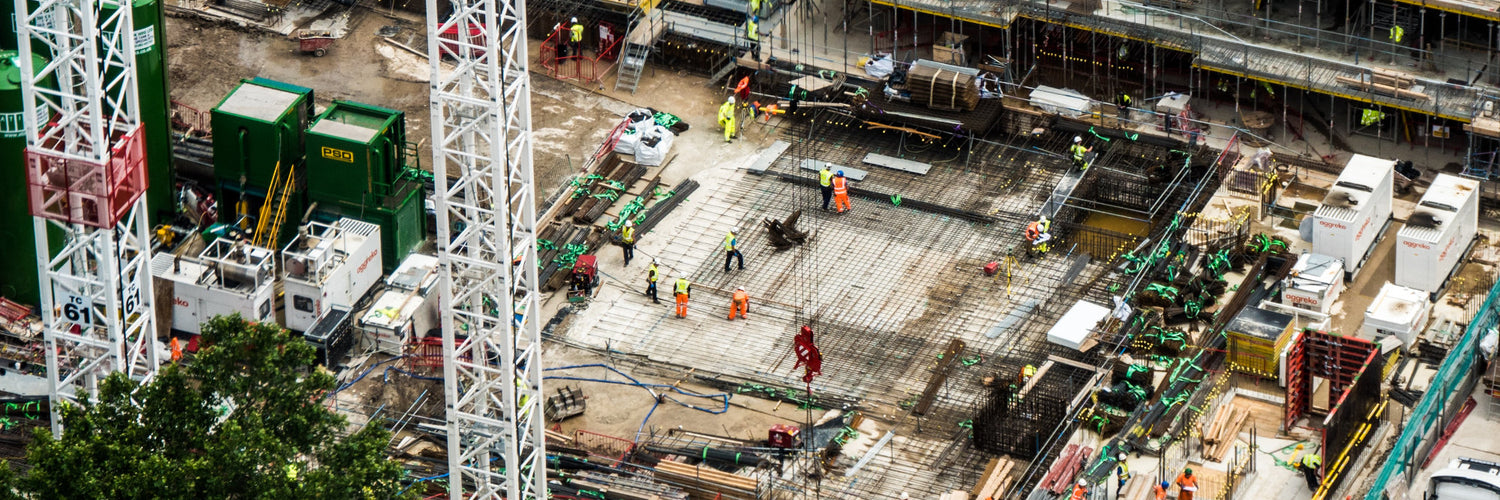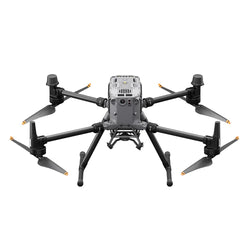In the construction industry, accurate and timely site surveying is crucial for project planning, design, and progress monitoring. Traditional surveying methods often involve manual measurements and lengthy processes, which can be time-consuming and prone to errors.
By incorporating drones into construction site surveying, the process becomes faster, more efficient, and safer. This use case illustrates how drones can be used for construction site surveying, providing significant benefits to construction projects.
Using drones for surveying
Drones equipped with high-resolution cameras, LiDAR sensors, and GPS systems provide a powerful tool for capturing precise data and generating accurate survey information. By leveraging their capabilities, drones enhance the surveying process in the following ways:
- Efficient Data Collection - Drones swiftly navigate the construction site, capturing aerial imagery and collecting geospatial data. They follow pre-defined flight paths to ensure comprehensive coverage and collect data from areas that might be inaccessible or hazardous for human surveyors. This efficient data collection process significantly reduces the time required for surveying.
- Accurate 3D Mapping and Models - Using photogrammetry techniques, drones convert captured images into detailed 3D models and maps of the construction site. These models provide accurate representations of the terrain, existing structures, and other key features. Additionally, LiDAR sensors on drones can generate precise point clouds, enabling a comprehensive understanding of the site's topography.
- Real-time Progress Monitoring - Drones enable real-time monitoring of construction site progress. Regular drone surveys capture up-to-date data, which can be compared with previous surveys or project plans. This allows project managers to identify any deviations or issues promptly, facilitating proactive decision-making and ensuring project alignment with timelines and budgets.
Benefits of using drones
- Time and Cost Savings - Drone-assisted surveying reduces the time required for data collection and processing, enabling faster decision-making and streamlined project workflows.
- Improved Accuracy - Drones capture highly accurate and detailed data, resulting in precise 3D models, maps, and measurements. This enhanced accuracy reduces errors, improves project planning, and mitigates rework caused by design discrepancies.
- Enhanced Safety - Drones eliminate the need for manual surveying in hazardous or hard-to-reach areas. Surveyors can assess the site remotely, reducing the risk of accidents and improving overall
